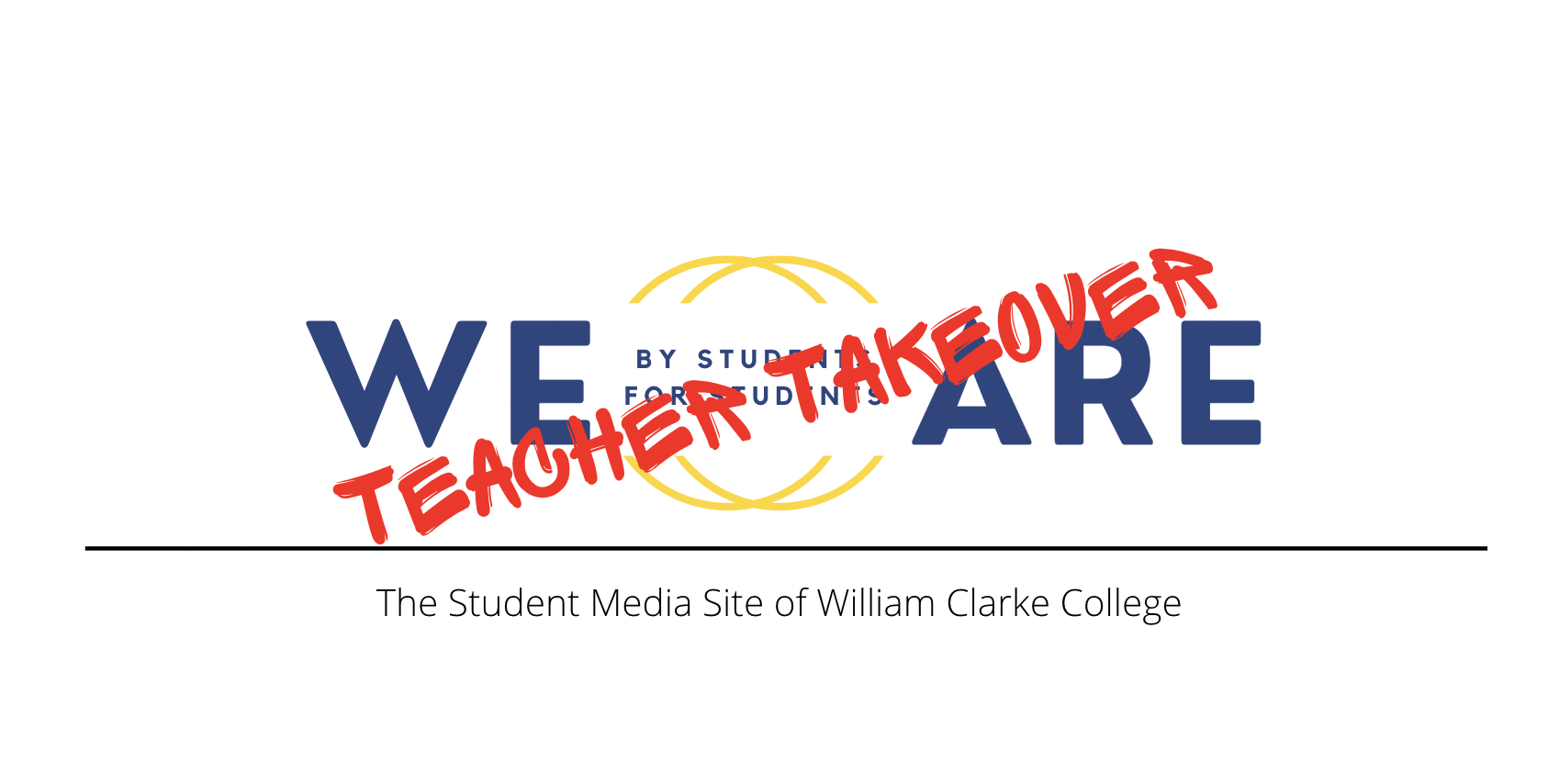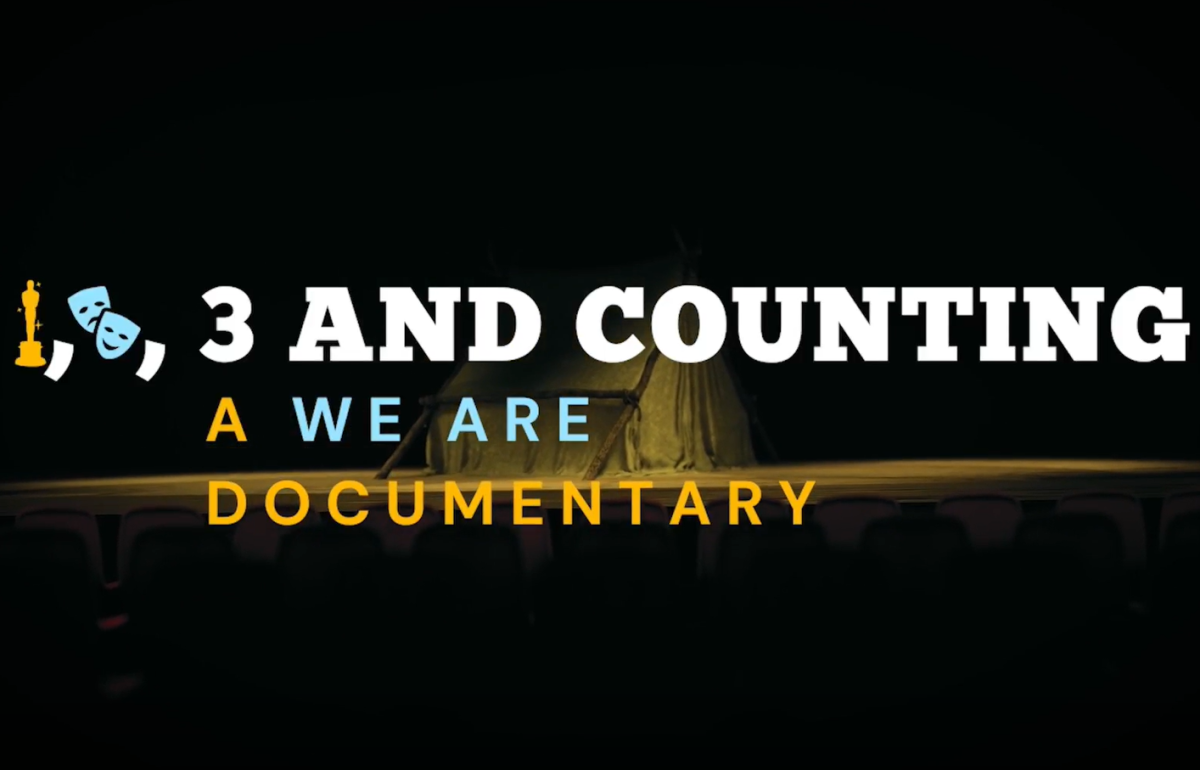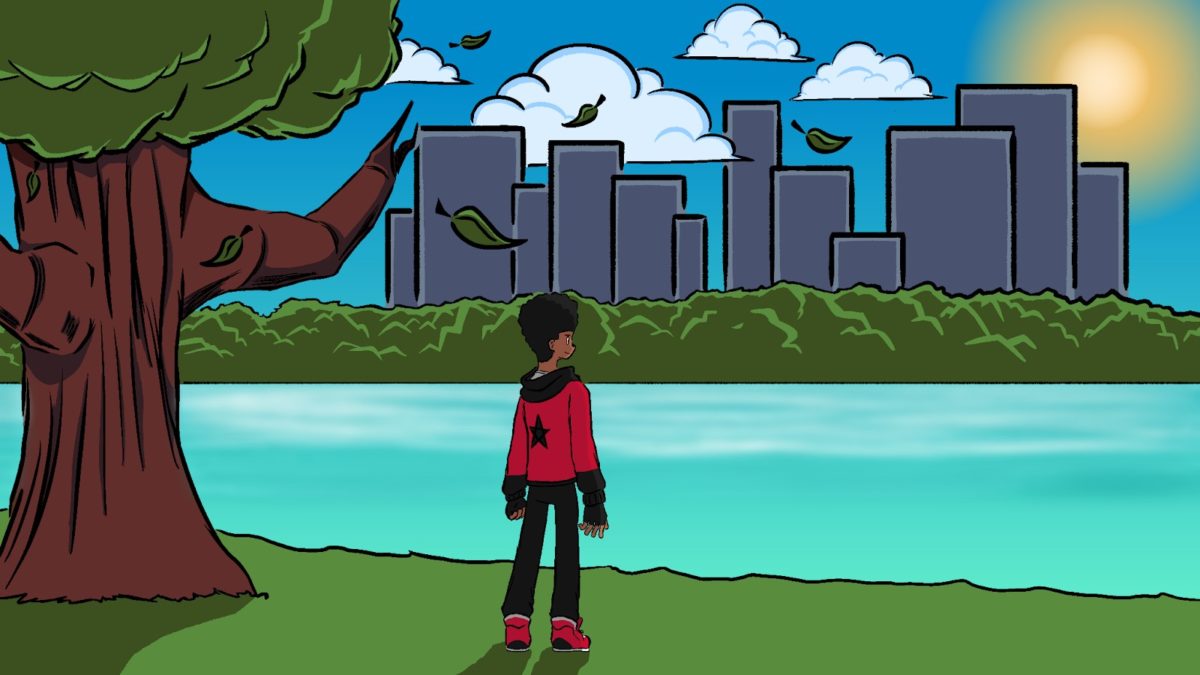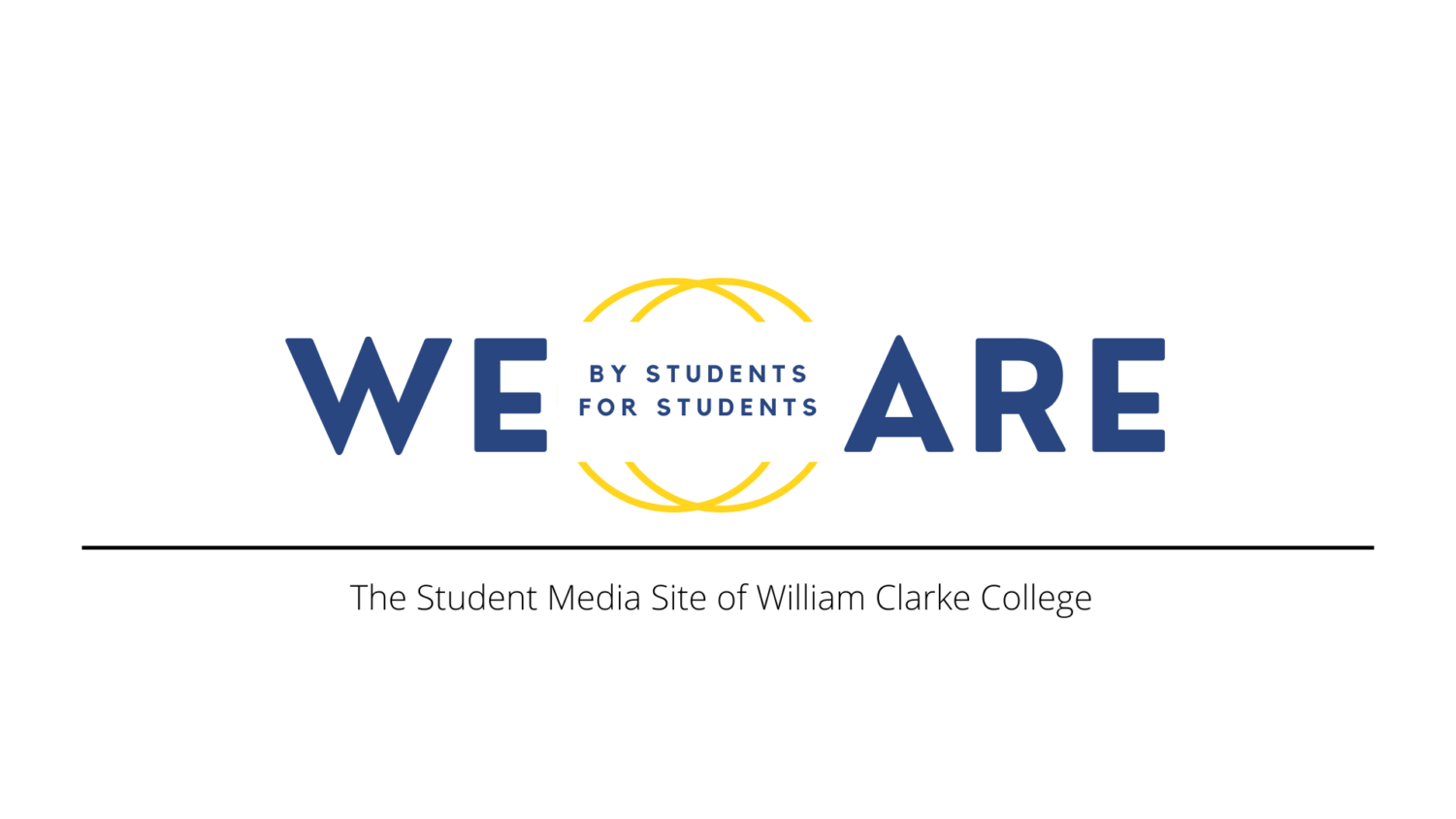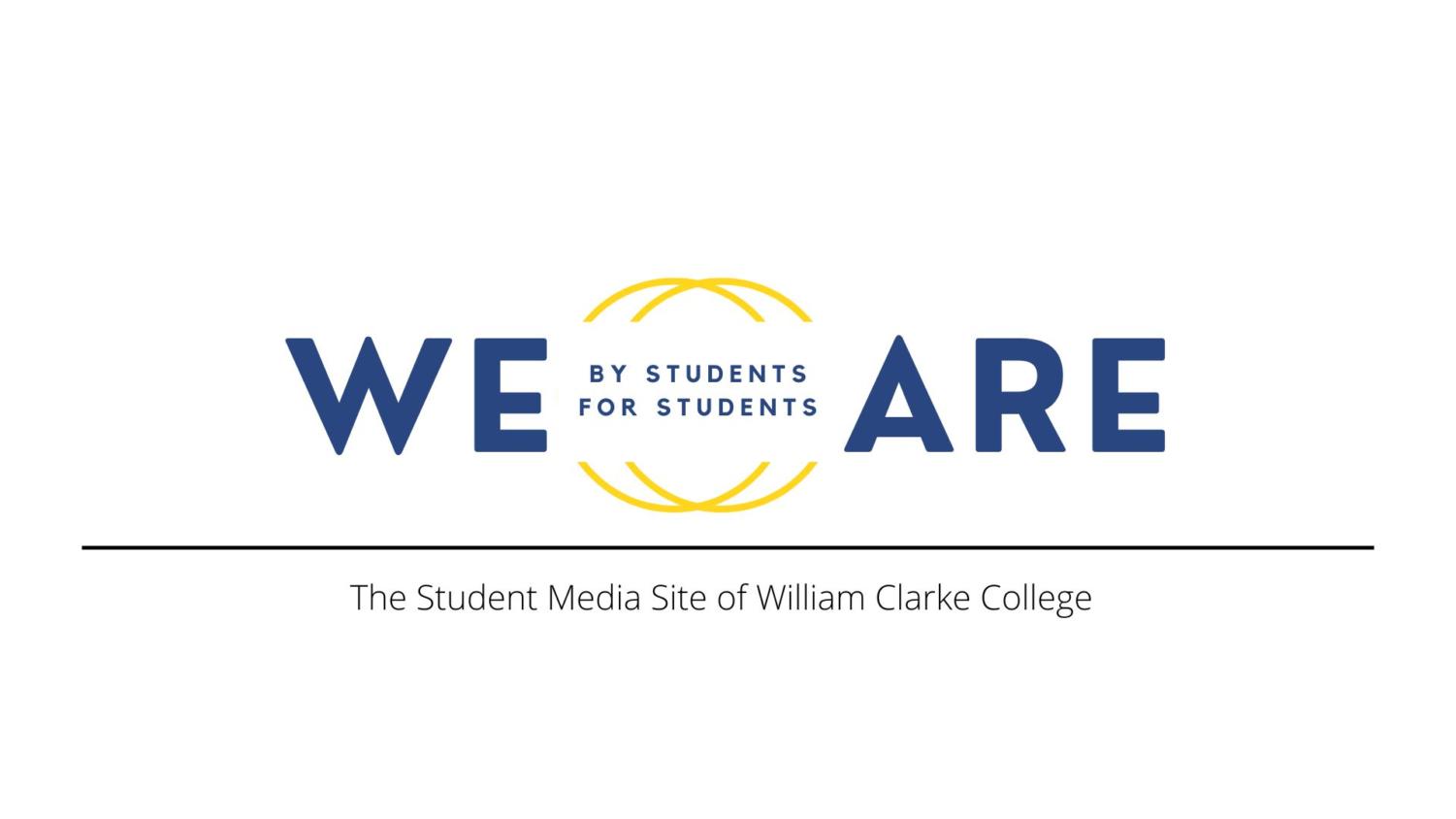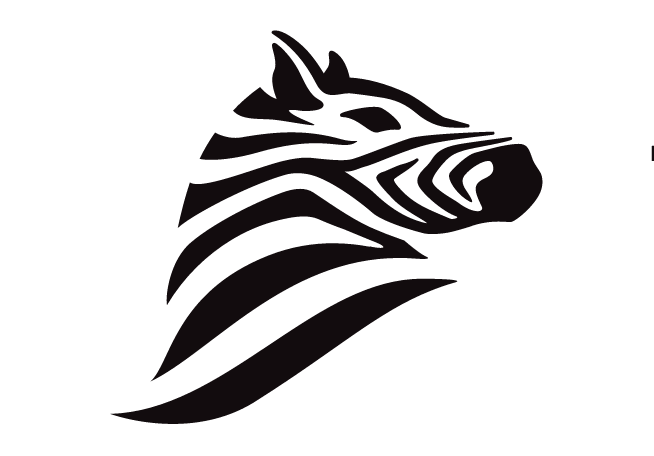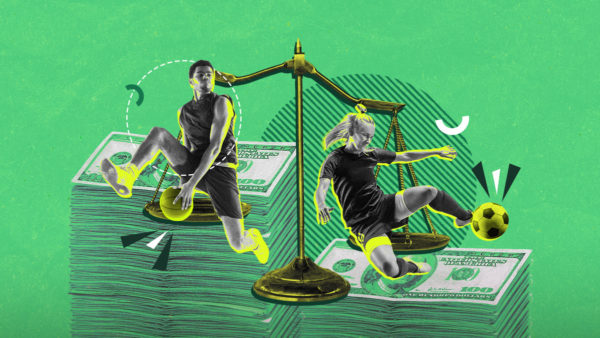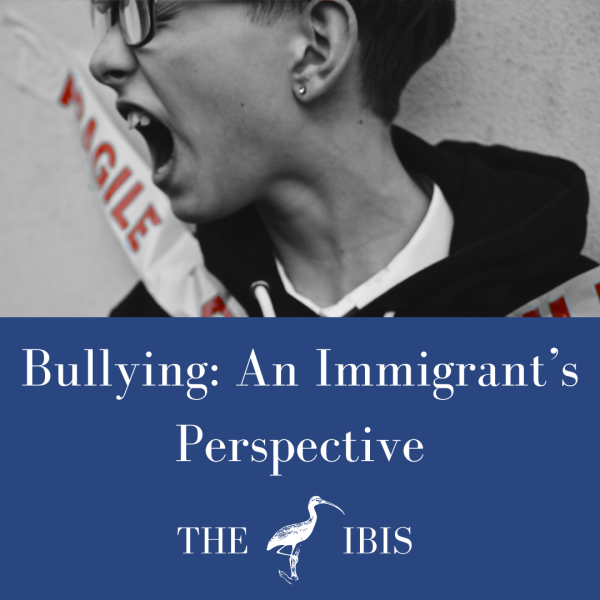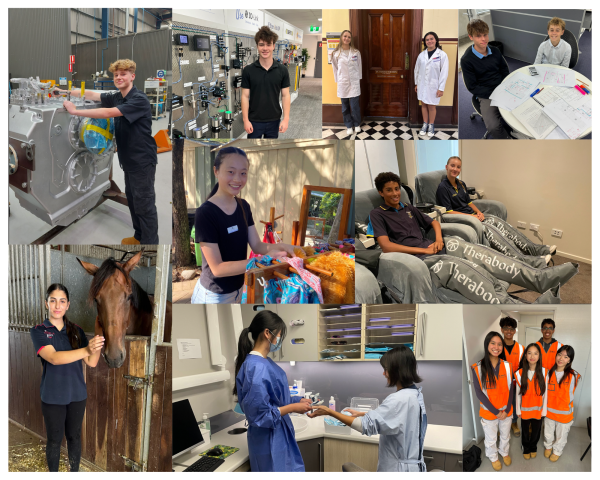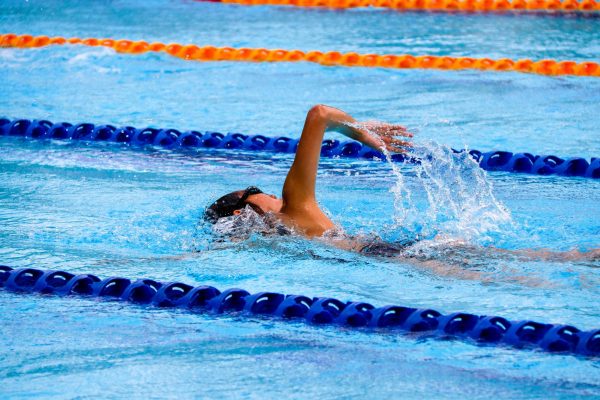Shine a light on EDS and HSD
May 3, 2023
May is Ehlers-Danlos Syndromes (EDS) and Hypermobility Spectrum Disorders (HSD) Awareness Month.
Ehlers-Danlos Syndrome (EDS) and Hypermobility Spectrum Disorder are genetic conditions that affect the body’s ability to produce collagen, a protein that is needed to maintain the structure and function of the body’s tissues. It weakens the connective tissues in the body, such as tendons and ligaments, that hold parts of your body together.
There are currently 13 recognised types of EDS, one of which is Hypermobile EDS. Each is associated with different symptoms and characteristics. Some symptoms are common across all types of EDS, including flexible joints, fragile skin that bruises and stretches easily, pain, and fatigue. Other symptoms are only observed in specific types of EDS.
Even within the same type of EDS, people experience very different symptoms from each other, thus having incredibly different experiences with the disorder and being affected and impacted in a multitude of ways. This is why the Ehlers Danlos Society has chosen the Zebra as its symbol. No two zebras have the same stripe pattern and each one is individual. There is also a common phrase in the medical profession: “if you hear hoofbeats think horses, not zebras.” However, for patients with EDS or HSD, it’s important for doctors to always consider the unusual possibilities (zebras!). This is why it is often difficult to be diagnosed and treated, too, as each personal experience varies.
There is no cure for EDS/HSD, but treatment is focused on managing symptoms and preventing complications. This can include physical therapy, pain management, and monitoring for cardiovascular and gastrointestinal issues. In some cases, surgery may be necessary to repair joint or organ damage. Everyone with EDS/HSD is different, so each person should work with their care team to develop a care plan that meets their individual needs.
My experience with EDS and HSD
At the age of 8, I was diagnosed with HSD following a subluxation of my hip. Over the years, I developed further symptoms, and my diagnosis was changed to hEDS. Several of my family have the HSD diagnosis, however, I am the only one to be officially diagnosed with hEDS. The weak nature of my connective tissues makes it very easy for a seemingly insignificant accident to have severe consequences. For example, in 2021, I twisted around to the side in a simple game, and suffered from an avulsion fracture of the tibia, a horizontal fracture of the femur, and ACL damage, requiring emergency surgery and significant rehabilitation. I also sublux my fingers, toes and hips on an almost daily basis.
I have some other significant conditions that are associated with hEDS including Postural Orthostatic Tachycardia Syndrome (PoTS) and Dysautonomia. PoTS is a condition that causes me to go dizzy frequently (basically I get a ‘head rush’ every time I stand up or walk upstairs). The worst-case scenario is that I could faint as I reach the top of a staircase which would not be fun for the people walking behind me!
EDS & HDS awareness month
The Ehlers Danlos Society are promoting ‘Shine a Light on EDS and HSD’. The more national and local buildings that can be lit up, the further the global impact for awareness. If anyone would like to join in, please light up your building in black and white (for zebras) on May 4th and share your photos on social media with the hashtags #MyEDSChallenge and #MyHSDChallenge. There are other events to join in, including a walk & roll challenge to raise awareness around the globe and reach 25 000 miles (the earth’s circumference). https://www.ehlers-danlos.com/may-awareness/
